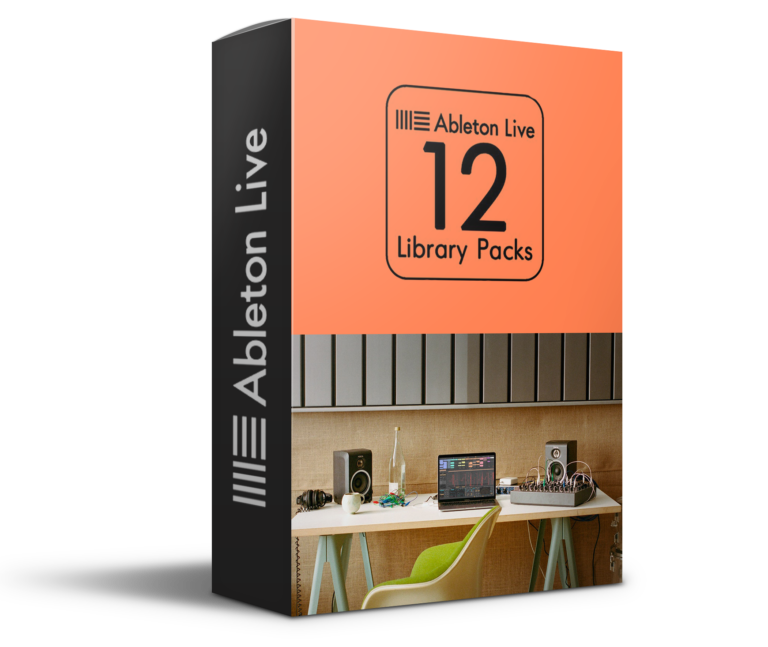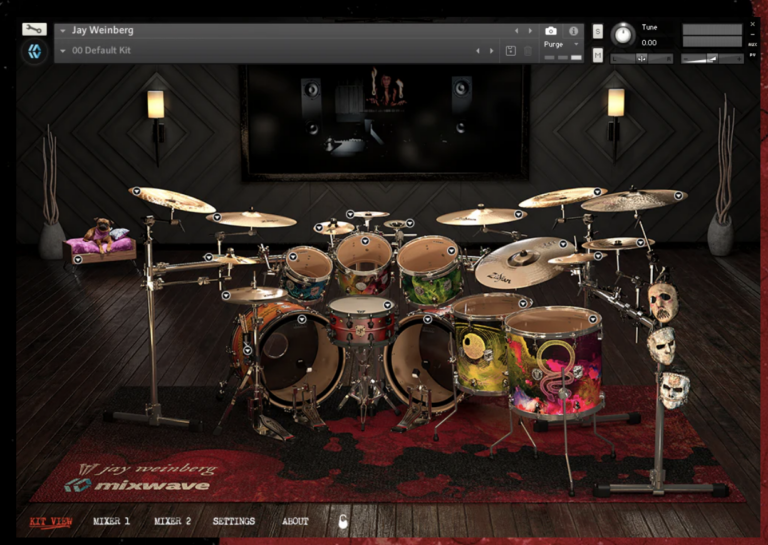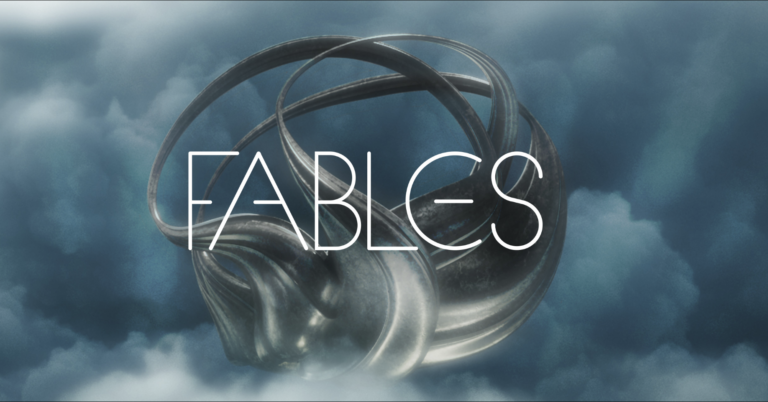£14
Supported Device

- Full Version
- Lifetime Activation!
Direct Download
Instant download directly from our super-fast servers full speedy downloads no wait time, no limits unlimited downloads
Virus Free
Our all items on our website are Virus free and tested with "McAfee Secure"
Timely Update
After publishing the new update from author we upload the latest file on our website
Live Support
we are provide you 24/7 Days Support and You be Able to request a item
How To Install & Active Guide
Mac Tutorial
WIndows Tutorial
To Install & Use This Library Requires KONTAKT PRO You Have To Download KONTAKT PRO First From Our Website
Sample Logic deliver a flexible pad, soundscape and atmosphere designer with a powerful DIY twist.
Sample Logic have an impressive catalogue of virtual instruments aimed primarily (although not exclusively) at media composers. Their latest offering is Empyreal Atmosphere Designer. Yes, it’s an instrument for designing atmospheric pads, soundscapes or textures and, no, the music technology universe is not short of tools intended for that purpose. However, these sorts of sounds are a staple of modern film or TV scoring, and working composers are always looking for some fresh content on this front. And, as it happens, amongst its impressive specifications, Empyreal AD includes a specific feature that many composers will find particularly eye‑catching. Let’s dig in…
Heavenly Atmosphere
Empyreal AD’s engine is built on a familiar sound‑design concept; it allows the user to blend two ‘cores’ (A and B), each with an underlying sound source (sample), to create a unique new sound. To that end, the library ships with over 500 ‘atmosphere’ samples and, as suits the purpose, the vast majority of these seem to be both long in duration (30+ seconds) and evolving in nature. Also included are over 1100 presets. Core presets are based upon one of the samples manipulated by the various processing options provided within one of the two core engines. Instrument presets combine two core presets for a global‑level configuration of the whole Empyreal AD instrument.
As well as options for blending the two sound cores, each core offers a well‑stocked range of features for manipulating the underlying sample, applying a range of effects and some powerful modulation options. Once the two sounds are combined, there is a further level of master effects that can be applied.
Creating Atmosphere
Empyreal AD’s controls are organised across four pages — Main, Edit, FX and Master — with tabs between them located top‑centre and with access to the instrument preset browser to their left. Both this instrument browser and the core preset browsers share a neat tag‑based system for exploring the sounds.
The Main page provides a summary waveform view for the individual samples loaded into the two cores, with access to the core browsers and source samples, mini level meters, and options to adjust the volume, pan, mute status and blend between cores A and B. At the base of the page, the Animation panel can be popped open, allowing you to modulate the blend (via a step sequencer) or volume/pan for each core (via individual LFOs). More…
















Leave a Comment
Your email address will not be published. Required fields are marked *